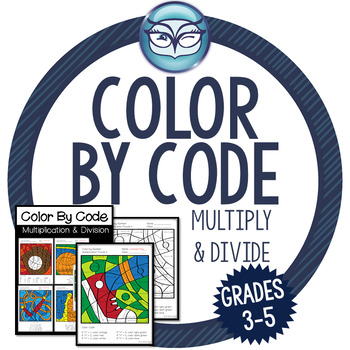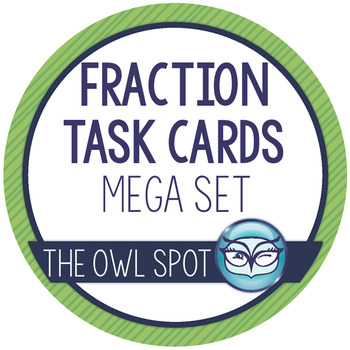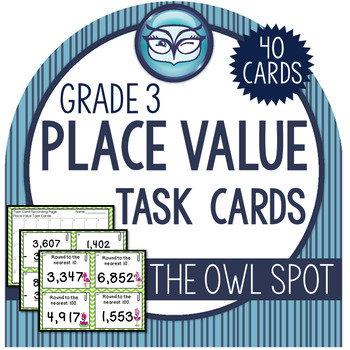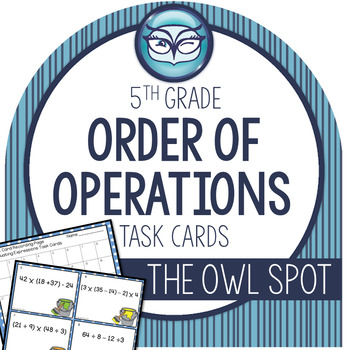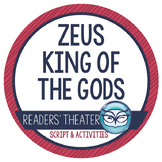It’s STILL March. Our clocks have sprung ahead and allegedly, the seasons have switched from Winter to Spring. Yet so many of us feel the days dragging on and feel what many have termed to be “Teacher Burnout”. Oh it’s real alright. The stress of Testing, the pressure of the year counting down and so much material still to cover, and quite frankly, simply the monotony of the daily routines can be enough to make March feel like the month that never ends. But what if we could change all of that and help your students too?
Why not try?
Sometimes Reading can feel more like an accumulation of skills to be assessed (fluency, accuracy, word speed, comprehension, reading level) than the Gift that you are passing along and refining for the next generation. We, as Teachers, have to step back from time to time and remind ourselves that Kids Who Read Regularly Become Better Readers. So how do our students do with the love of Reading? Elementary Teachers are tasked with igniting a Love of Reading that needs to be blazing because it frequently dies out as kids reach 8th grade and beyond. In all honestly, most kids these days read very little because they are on screens. Pages in a book are supposed to compete with social media, video games, short texts and posts exchanged between friends, and the increasingly popular graphic novels. Consequently, attention spans are becoming shorter and books are losing their intrigue with this generation.
We need to work to change this while we can!
So what does Reading have to do with alleviating Teacher Burnout? It’s simple. Great Novels can transport us to new places and introduce us and our students to new people and sweep us off onto wonderful adventures!
I will never forget the first time that I read Because of Winn Dixie. It was over a decade ago and I had not yet seen the movie. I had wanted to preview the book to see if my students would enjoy it. It didn’t take me long to get caught up in the book and I literally read it cover to cover in one sitting! What a fabulous story! Even if your students have seen the move already, I guarantee that the book will still delight them! I love this book so much that I have all kinds of great resources on my TpT store just ready for you to jump right in!
Maybe you teach older kids, who like you, are bothered by the ever changing weather from snow to rain and often gray and chilly, then you might appreciate being transported to a society that has figured out how to make everything just perfect. It feels so ideal… so predictable… so problem free. But things aren’t always what they seem. Readers will soon discover that there is a peculiar old man who can unlock a whole new perspective for all of us. He is known as The Giver. Lois Lowry is a master at storytelling in this classic and unforgettable novel. Dive right into a great Novel Study with my The Giver Novel Study Resources available on my TpT store!
Another great way to expose your students to great books is through a class Read Aloud. If you’re not sure what books to read out loud to your class, I highly recommend the book entitled The Read Aloud Handbook by Jim Trelease. It’s a game changer for Educators and Parents. (Note: the book has gone through significant changes in recent years as Jim was no longer able to oversee it. Despite newer editions being available, the older 6th edition is still my favorite!)
I hope that diving into some timeless classics will help alleviate some burnout for you. Books can be very therapeutic for teachers as well as students! Novel studies can be amazingly refreshing for everyone! Open a book and enjoy the adventure!
Let’s Get Reading!
Martha
***Did you know that I send out regular emails to my subscribers? Subscribers receive timely teaching ideas sprinkled with encouragement! Subscribers also receive immediate exclusive access to my FREE Character Trait Analysis download! Subscribe Today by clicking here!




